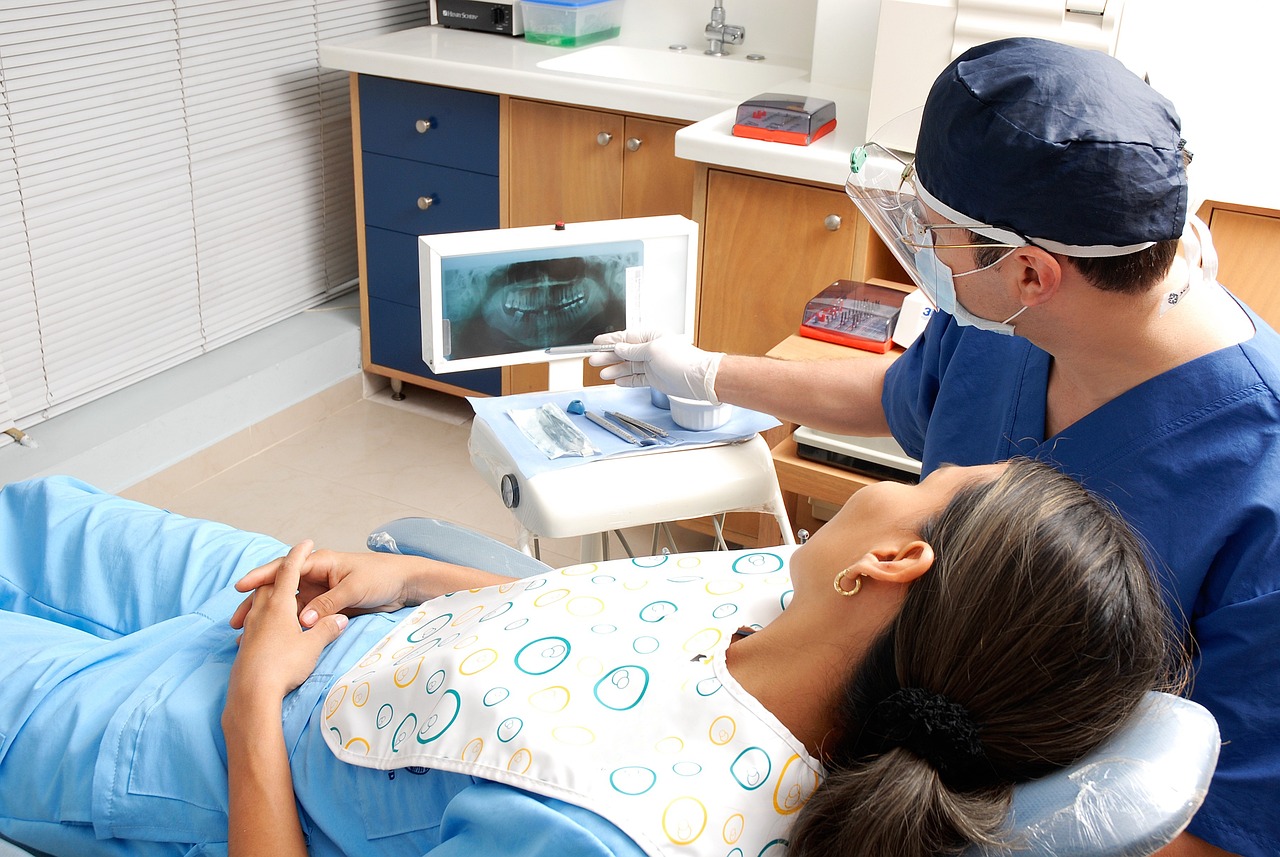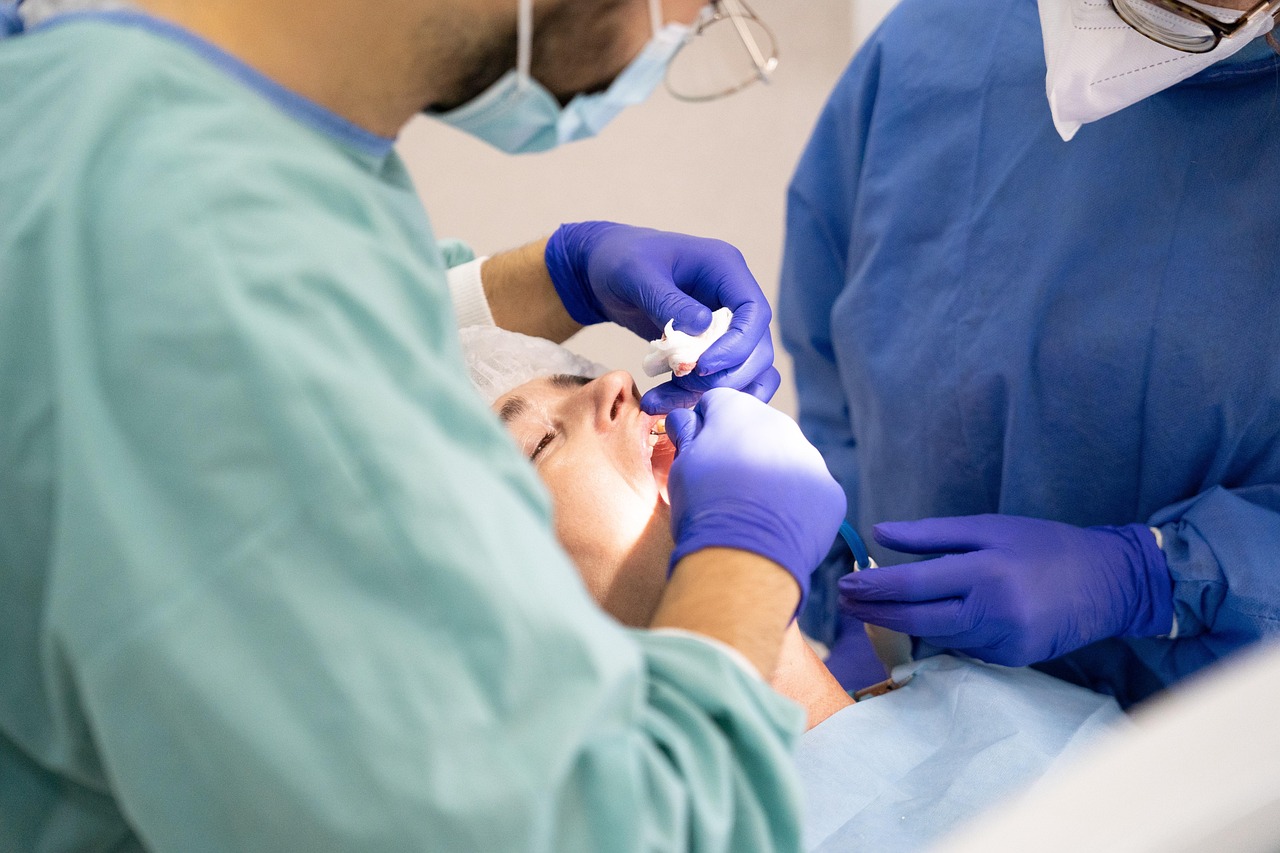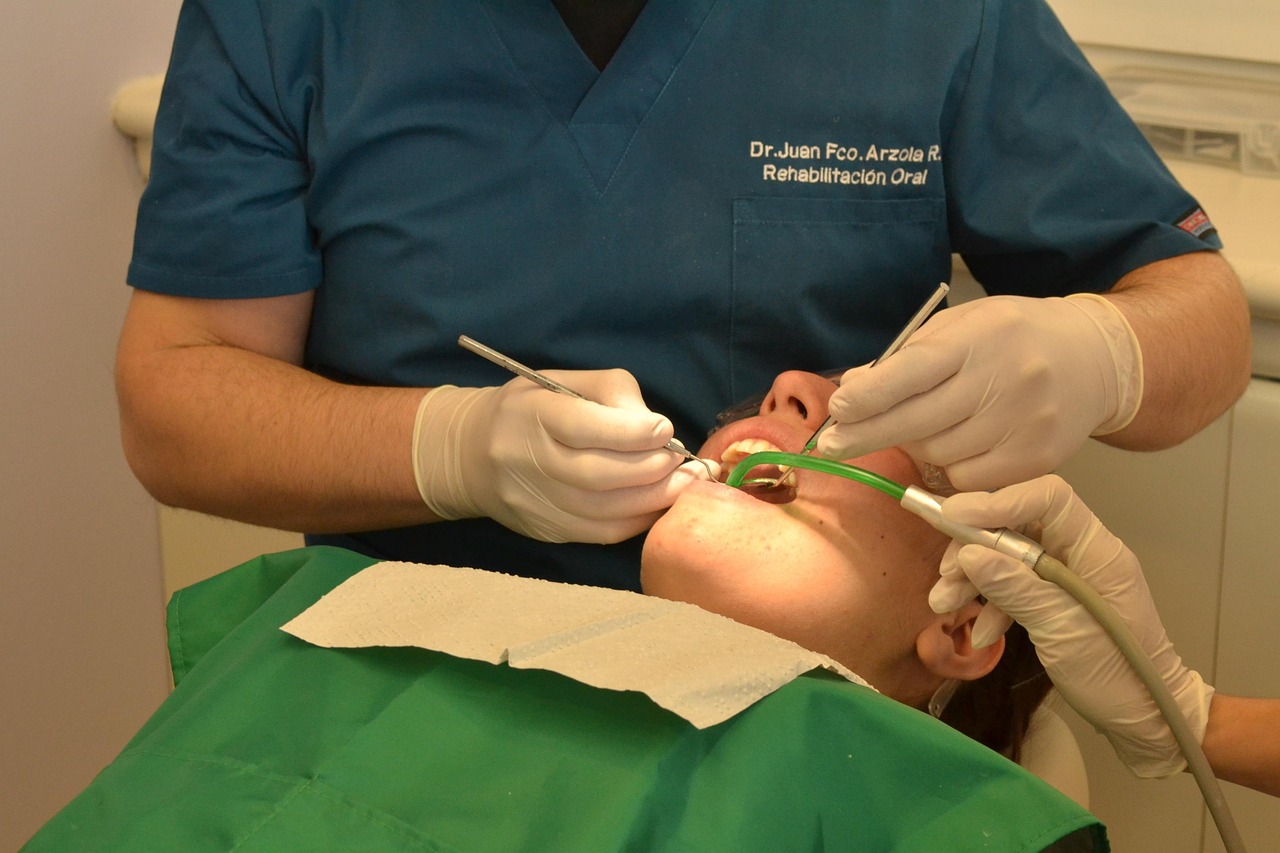TL;DR
- Identify red-flag symptoms that require immediate care
- Understand when to visit an ER vs an emergency dentist
- Use safe, temporary pain relief until you can be seen
- Prepare essential details for your urgent appointment
Severe tooth pain can be alarming—especially if it strikes at night or during the weekend. Knowing where to go can save time, money, and complications. This guide helps you decide between the ER and an emergency dentist and offers safe ways to manage pain while you seek care.
1. Red-Flag Symptoms: Don’t Wait
Seek urgent help if you experience:
- Severe, throbbing pain with facial swelling
- Fever, malaise, or swollen lymph nodes (possible spreading infection)
- Difficulty breathing or swallowing
- Trauma to the face/jaw with uncontrolled bleeding
- Persistent bleeding after a dental procedure
If breathing or swallowing is affected, go to the ER immediately.
2. ER or Emergency Dentist?
-
Go to an Emergency Dentist for tooth pain from:
- Suspected cavity, cracked tooth, lost filling/crown
- Suspected abscess without airway compromise
- Pain with hot/cold sensitivity
- Pain triggered by chewing or tapping the tooth
-
Go to the ER if:
- You have fever with facial swelling
- Swelling impacts breathing or swallowing
- There’s facial trauma, uncontrolled bleeding, or suspected jaw fracture
Note: ERs can manage life-threatening symptoms and provide antibiotics/pain control, but typically cannot perform definitive dental procedures (e.g., root canal). You may still need an emergency dentist afterward.
3. Safe Pain Relief Until Your Appointment
- Analgesics: Use ibuprofen or acetaminophen as directed. Combination therapy may be advised; follow label guidance and avoid exceeding max daily doses.
- Cold compress: 15–20 minutes on/off for swelling.
- Rinses: Warm saltwater rinses can soothe (avoid very hot or very cold liquids).
- Avoid: Using aspirin directly on the gum, excessive alcohol, or heat on swelling.
If you’re pregnant, have kidney/liver disease, or take anticoagulants, consult a professional before using medications.
4. Prepare for Your Emergency Visit
- Note the tooth location and what triggers pain (hot/cold/biting)
- List current medications, allergies, and relevant medical history
- Bring insurance details and ID
- If facial swelling or fever develops before your visit, escalate to urgent care
5. Common Treatments
- Decay-related pain: Temporary filling, root canal planning
- Cracked tooth: Stabilization, crown or root canal assessment
- Abscess: Drainage, antibiotics (if indicated), definitive treatment planning
Conclusion
For most severe toothaches without life-threatening symptoms, an emergency dentist is the fastest route to relief and definitive treatment. Use ER services when swelling compromises your airway, bleeding is uncontrolled, or trauma is involved. When in doubt, act quickly—early intervention prevents complications and reduces pain sooner.


